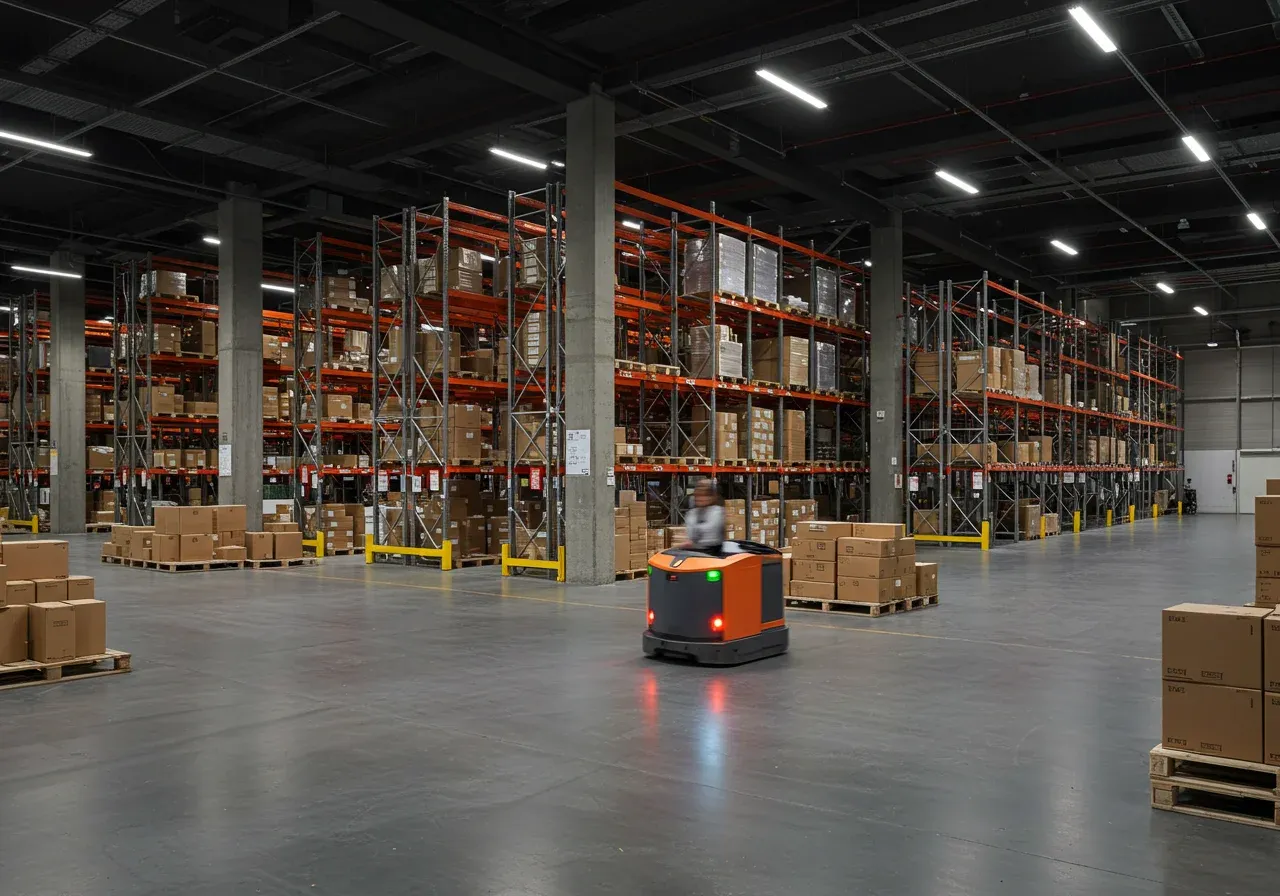
Transform Warehouse Efficiency
Leverage AI-driven analytics to cut inventory costs by up to 30%, optimize stock levels, and boost operational accuracy for seamless supply chain management.
Streamline Warehouse Operations
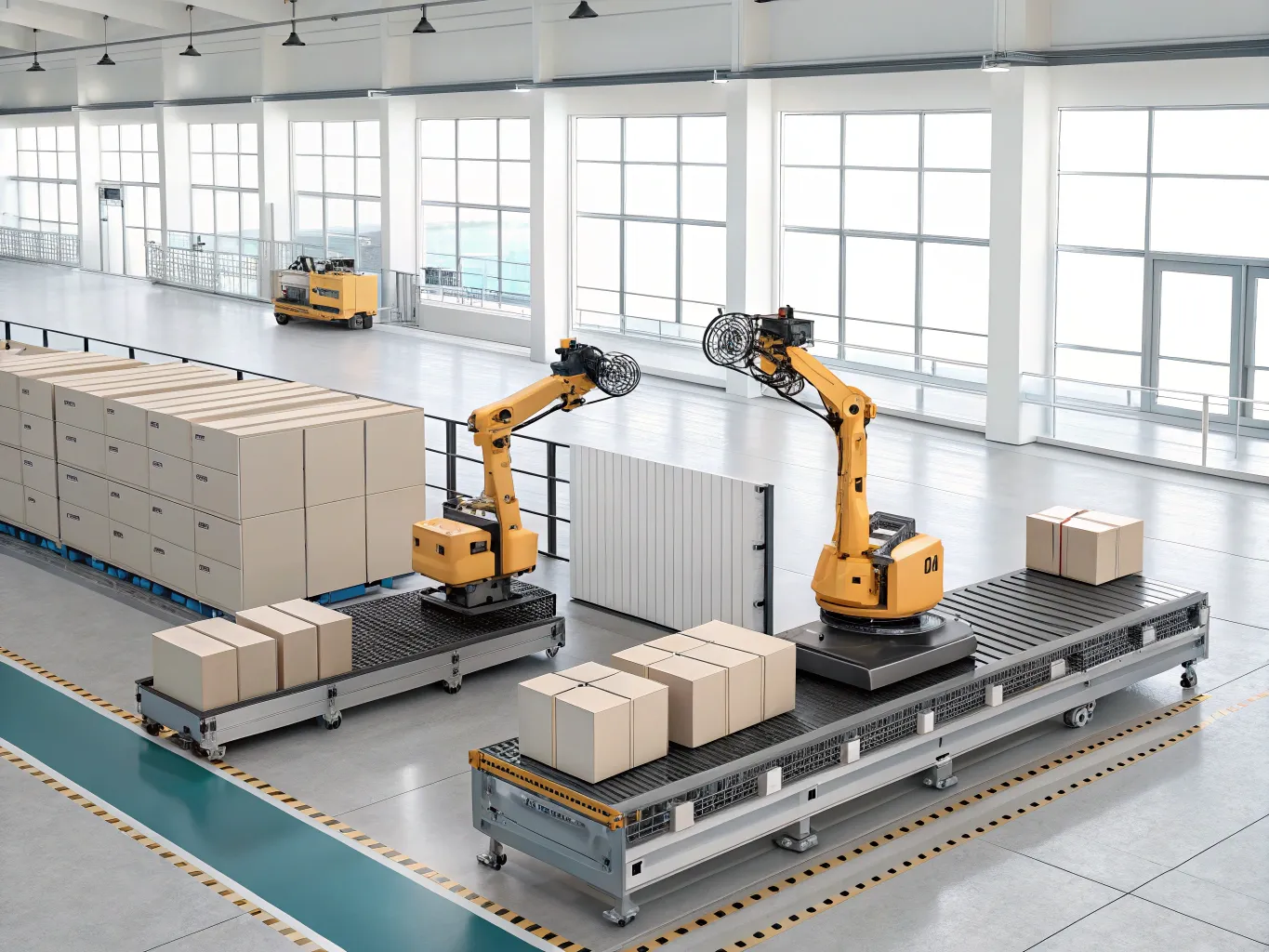
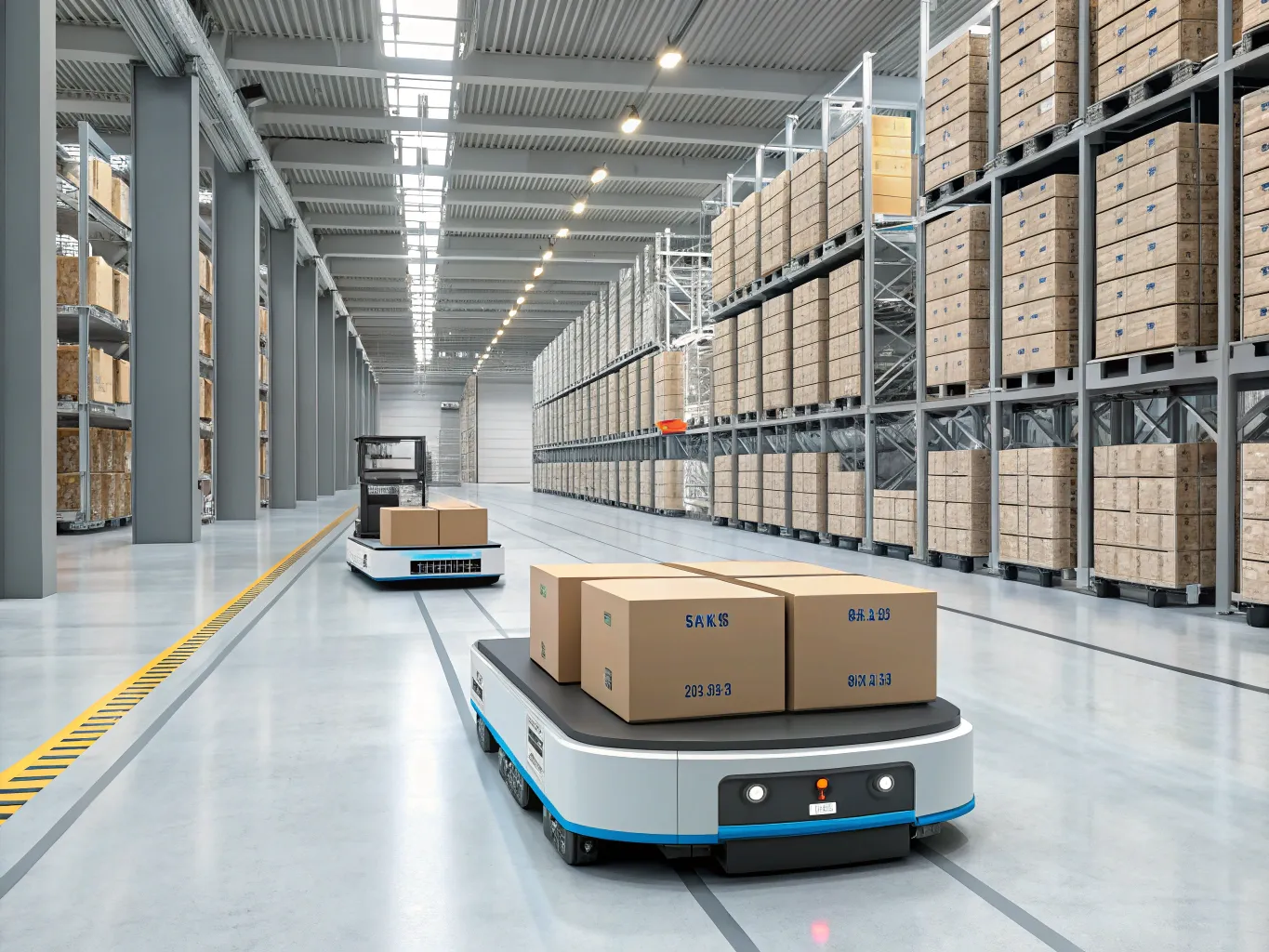
Optimize Warehouse Workflow
Industries Leveraging Topic Tabs
- Retail: Enhance stock replenishment accuracy by 25% using real-time analytics. Retailers can adjust inventory levels dynamically based on demand patterns, reducing overstock situations and minimizing shelf space wastage. This ensures that popular products are readily available for customers, improving sales and customer satisfaction.
- Manufacturing: Optimize production schedules with precision forecasting. By integrating Topic Tabs, manufacturers can reduce downtime by up to 40% through predictive maintenance alerts, ensuring machinery operates at peak efficiency. This leads to consistent output quality and improved supply chain resilience.
- E-commerce: Accelerate order fulfillment cycles by 30% with automated inventory tracking. E-commerce platforms can maintain accurate stock counts, preventing discrepancies that lead to backorders. Enhanced tracking also reduces shipping errors, ensuring prompt delivery and boosting customer loyalty.
- Logistics Providers: Improve route efficiency by utilizing geolocation data to cut transportation costs by 15%. Topic Tabs allow logistics companies to optimize delivery routes in real-time, reducing fuel consumption and enhancing delivery timelines, which is crucial for maintaining competitive edge.
- Wholesale: Streamline bulk order management with integrated demand forecasting. Wholesalers can adjust purchase orders based on predictive analytics, avoiding stockouts or surplus. This precise inventory control enables better pricing strategies and strengthens supplier relationships.
Key Technologies Driving Logistics
- Robotics: Enhance warehouse efficiency by deploying autonomous mobile robots (AMRs) for tasks such as sorting and transportation. For instance, AMRs can reduce manual labor by 40% while increasing picking accuracy. This technology allows for seamless integration into existing workflows, significantly decreasing operation times in large-scale distribution centers.
- Internet of Things (IoT): Utilize IoT sensors to monitor real-time asset conditions and environmental factors like temperature and humidity. This enables proactive maintenance and reduces downtime by up to 30%. In cold chain logistics, IoT ensures that perishable goods remain within safe temperature ranges, enhancing product integrity and customer satisfaction.
- Machine Learning: Apply predictive analytics to forecast demand and optimize inventory levels, reducing overstock costs by up to 20%. Machine learning algorithms analyze historical sales data and market trends, allowing for more accurate demand planning. This leads to improved supply chain responsiveness and reduced lead times.
- Automated Storage: Implement automated storage and retrieval systems (AS/RS) to maximize warehouse space and streamline order picking. AS/RS can increase storage density by 50% and reduce picking errors. This technology supports just-in-time (JIT) manufacturing processes by ensuring components are readily available for production without unnecessary stockpiling.
- RFID Systems: Employ RFID tagging to enhance tracking accuracy and inventory visibility in real-time. By reducing manual scanning efforts, RFID can cut inventory discrepancies by 90%. This is particularly effective in retail environments where quick restocking and accurate product availability are critical to meet customer demand.
Automation Features
Dynamic Inventory Tracking
Leverage RFID technology and AI algorithms for real-time stock tracking and demand forecasting. Reduce stockouts by up to 40% and enhance supply chain responsiveness with adaptive restocking alerts.
Enhanced Operational Safety
Deploy automated guided vehicles (AGVs) and advanced AI monitoring to reduce workplace accidents by 25%. Ensure compliance with industry safety standards and enhance worker safety through predictive hazard identification.
Accelerated Dispatch Operations
Implement AI-driven sortation systems to reduce package handling time by 50%. Use automated packing solutions to streamline order processing, ensuring on-time delivery and improving customer satisfaction rates.
Advanced Robotics Integration
Integrate collaborative robots (cobots) for efficient picking and packing. Experience a 30% boost in labor productivity, allowing your workforce to focus on strategic tasks while robots handle repetitive activities.
Smart Warehousing with AI Integration
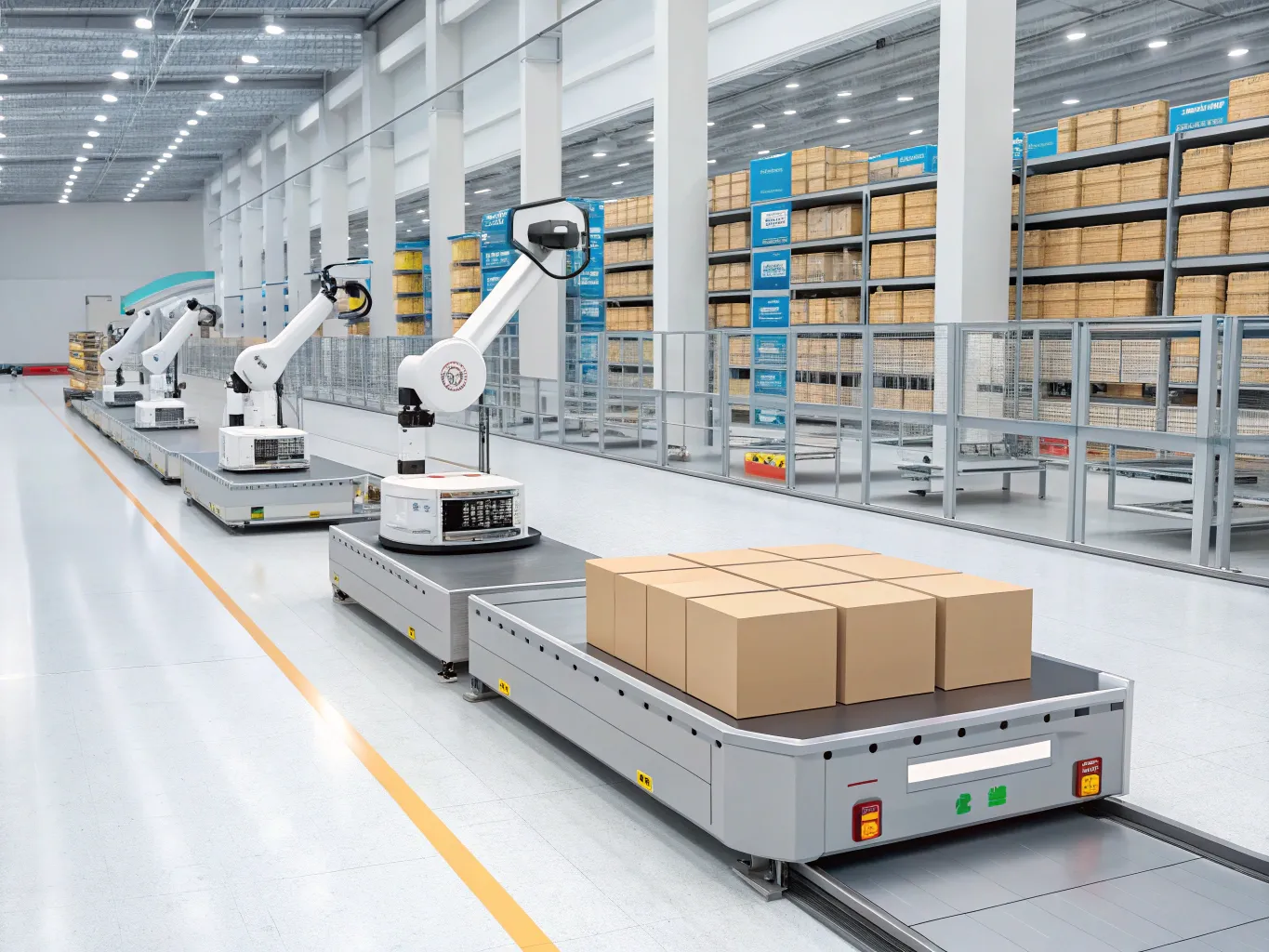
Tangible Benefits of Automation
- Boost Efficiency: Automation streamlines repetitive tasks such as data entry and order processing, leading to a 40% increase in operational speed and allowing workers to focus on strategic tasks.
- Cost Reduction: By minimizing manual errors and optimizing resource allocation, automation can reduce operational costs by up to 20%, as seen in real-world applications like automated invoice processing.
- Enhanced Safety Protocols: Automated systems such as autonomous forklifts reduce workplace accidents by 30%, ensuring a safer environment by minimizing human intervention in hazardous situations.
- Scalable Operations: Automation provides the flexibility to scale operations up or down without the need for additional workforce, accommodating seasonal demand surges effectively in industries like retail.
- Improved Accuracy: Utilizing machine learning algorithms, automated systems can improve inventory accuracy by 35%, reducing stock discrepancies and enhancing supply chain transparency.
How Our Integrated Systems Revolutionize Warehousing
Enhance Precision with Smart Tech
You may also be interested in
Maximize your potential with our seamless, end-to-end supply chain solutions.
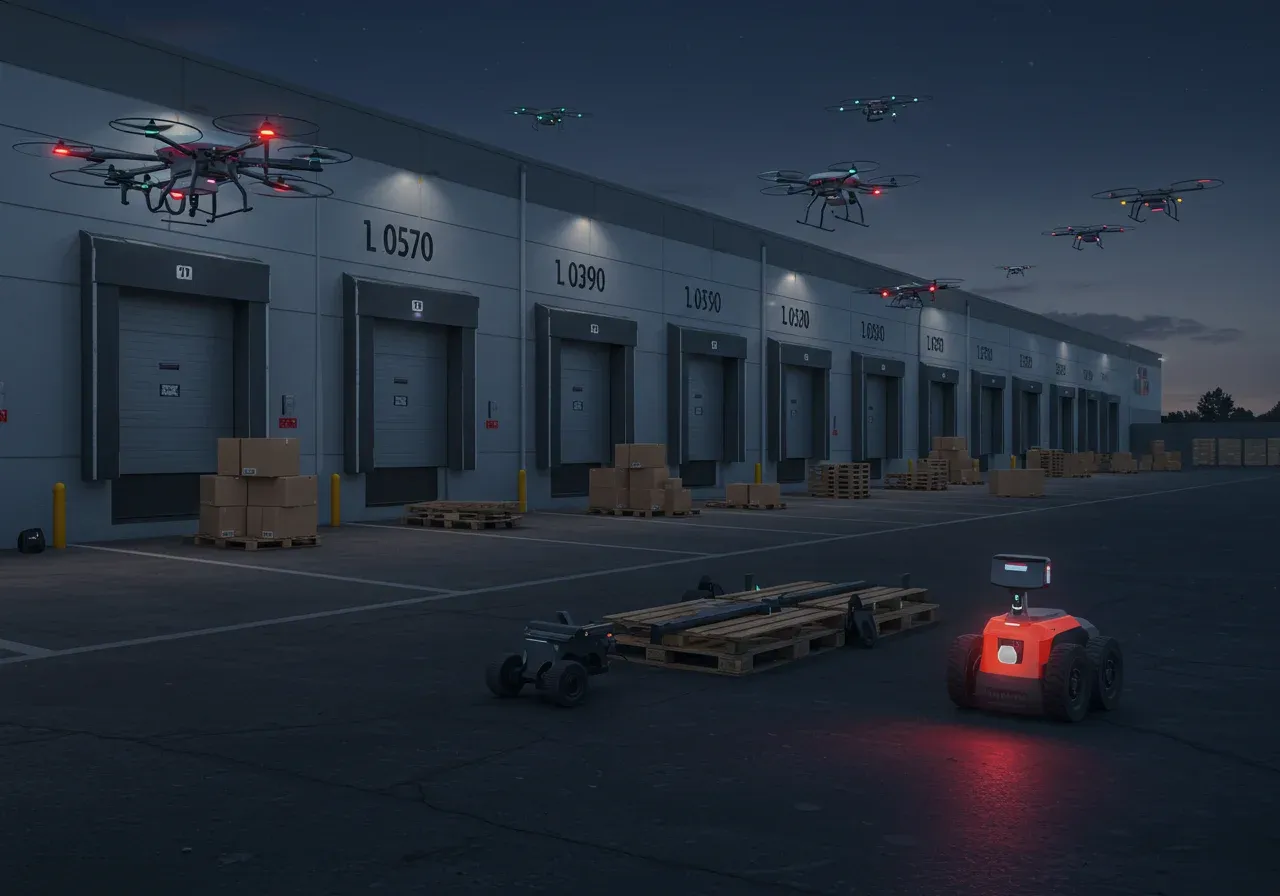
Automation
Leverage state-of-the-art automation to optimize logistics, boosting operational accuracy by up to 30% while minimizing human error. Enhance supply chain agility and cut transit times significantly.
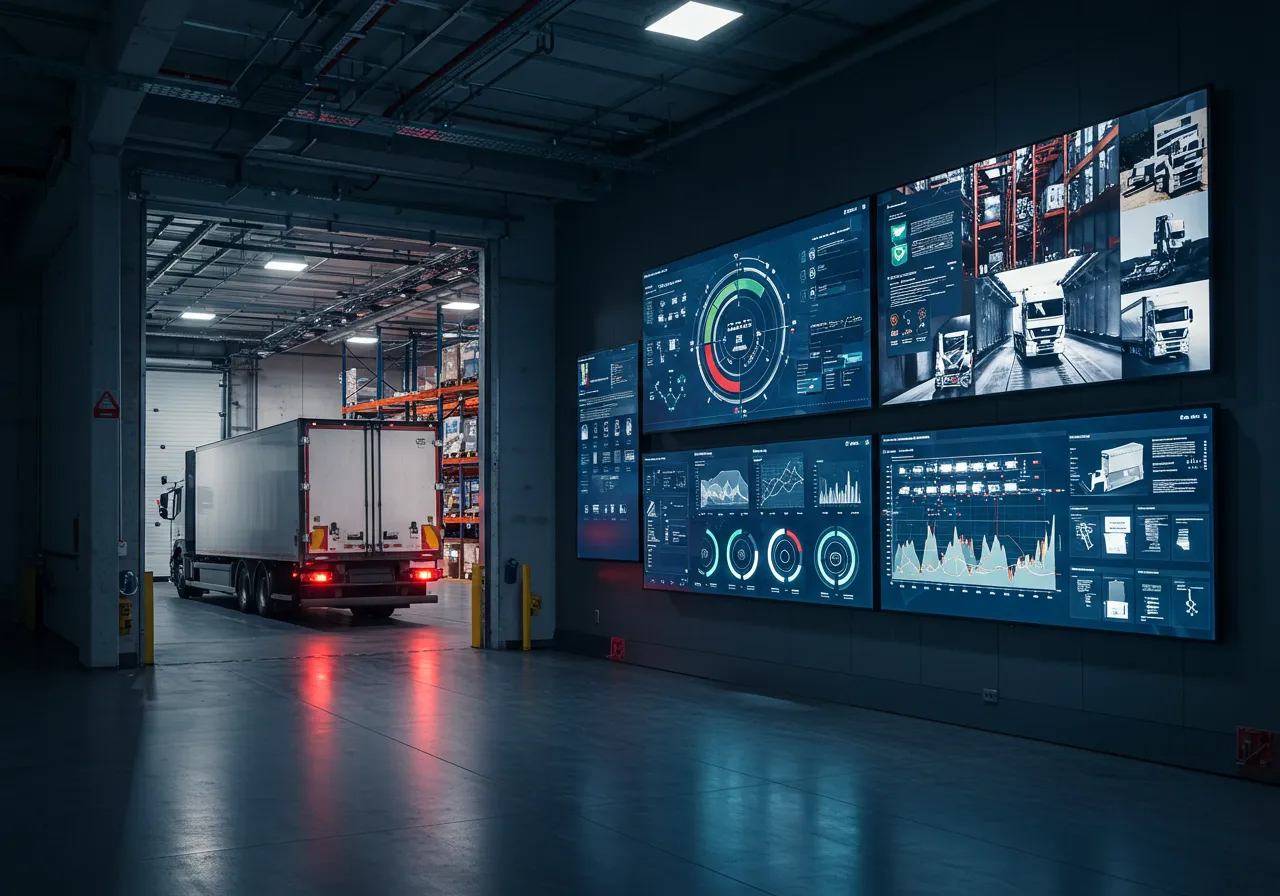
EDI
Enhance accuracy and speed in transactions by integrating EDI, reducing manual errors by up to 90%. Elevate supplier and partner interactions with seamless data exchange, driving efficiency across your logistics network.

Customer Relationship Management (CRM) Integration
Transform your logistics with seamless CRM integration. Improve customer interaction efficiency by 30%, increase order accuracy, and reduce response times, leading to higher customer satisfaction.